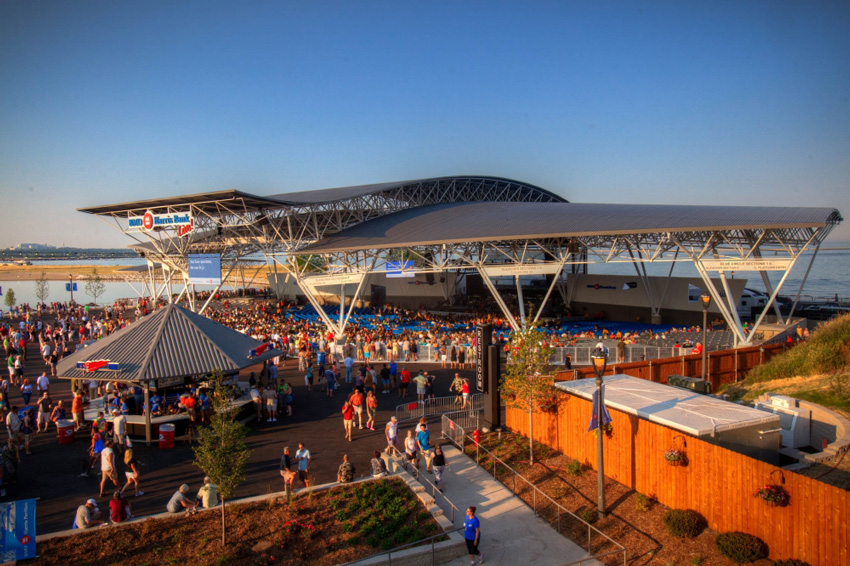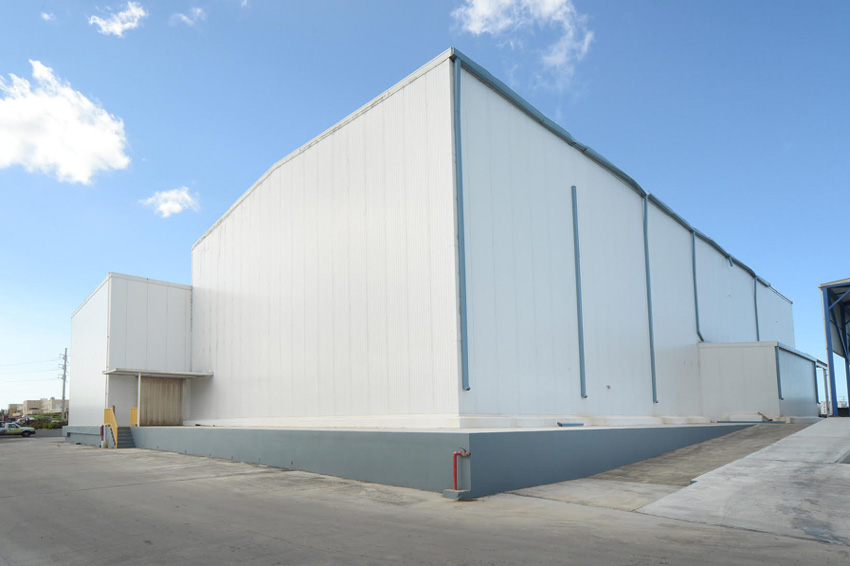Show Your Mettle
Fire
Wildfires are called wild for a reason: they are often uncontrollable, notes the Insurance Institute for Business & Home Safety (IBHS). According to IBHS, what is controllable is the preparation undertaken through design and maintenance to protect a structure from damage and losses when a wildfire threatens. “Ultimately, the difference between survival and destruction is whether some part of the building catches on fire. There are two parts to the ignition process. The most vulnerable part of your structure is your roof. If you have a flammable roof, almost anything else you do will be of little consequence in reducing the chances that the structure will burn when a wildfire approaches. Other key risk factors include vents that can allow embers to enter the attic; fences and decks that can ignite and bring a fire right up to the building; single-pane windows that can shatter and allow flames and embers inside; and debris that collects in gutters and in various locations along the roof and wall lines.” When metal wall and roof panels are used, sparks that reach the structure will neither create a blaze nor spread flames. Designing the roof with minimal overhang can keep the structure from channeling hot air, while using fire-resistant materials for soffits, decks, and balconies further reduces the potential for fire.
Roof combustibility is described by the UL rating system, with Class A being the least combustible. IBHS advises the following checks when choosing a Class A roof covering:
Many roof coverings have a Class A rating based only on the top/external part of the roof that is exposed. Some examples include asphalt composition fiberglass shingles, steel roofs, and clay or concrete tiles.
For roofs composed of noncombustible materials like tile or metal, the gaps between covering and roof sheathing, which can occur at the edge and ridge, must be filled with either a bird stop or other material to seal the openings.
IBHS also advises that, if combustible siding is present where a lower level roof meets an upper level roof or wall, that siding material be replaced with a more fire-resistant material.
Not only do metal roofs and walls protect during wildfire events, but they can also lower insurance premiums on a daily basis because of their fire resistance. Additionally, insurance premiums can be lowered because metal does not support mold, corrode, or suffer from pest infiltration and damage.
High-Wind Events
Exceptionally high winds produce extreme uplift. This directly attacks the enclosure’s roof and its interface to the building, making strong roof and building design essential. For hurricane-prone areas, structural metal panel roof systems on open framing members and nonstructural architectural metal roof panels on solid wood sheathing with any of the product approvals found in the IBHS Fortified Commercial Standard, Appendix A, Section 5.4 are permitted, provided adjustments are made in design/allowable pressures as outlined in Section 3.1.1.3. Architectural metal panels shall be installed over continuous decking and one of the acceptable sealed roof deck underlayment options from Section 3.1.3.3.1. Approved structural metal panel roof systems on spaced supports and nonstructural architectural metal roof panels on solid wood sheathing include those approved by the following:
- Florida Product Approval (FPA);
- FM Approved;
- ICC-Evaluation Services (ICC-ES);
- Miami-Dade Approved; and
- Texas Department of Insurance (TDI).
Floods
In flood events, metal frame and panels will receive no lasting damage and are not subject to corrosion. Water infiltration will not lead to warping, mold, or other degradation of metal components.

Photo courtesy of McElroy Metal
BMO HARRIS PAVILION
A unique material with unique attributes, metal shows its mettle through both short and long-term advantages, product life, environmental impacts, resilience, and durability, even in the face of disasters.
Metal Proves Its Mettle
Ultimately, design professionals are faced with determining whether the costs they are counting are the right costs. When choosing a material, does it have the right attributes to reflect the realities and demands the building faces, and has that been accounted for? Metal has found itself under the microscope and, based on a comprehensive accounting of short- and long-term advantages, product life, environmental impacts, resilience, and durability, even in the face of disasters, it has shown its mettle.
It is green. According to the MCA, “Metal building materials, with their recyclable nature, efficiency of assembly, and energy efficiency, are the logical and responsible choice for green building.”
It is cost effective. When you look at the total building costs, including costs of construction, maintenance, and insurance, metal construction is more cost effective than many other building materials. It is aesthetically pleasing, long lived, and energy efficient. When properly chosen and installed, metal roof and wall systems are attractive, long-lasting, easily maintained, cost-effective, energy-saving, and environmentally friendly building materials.
Metal is durable even in the face of nature’s fury. Building with metal is more durable and holds up better in high winds, hurricanes, and wildfires than other building systems. In short, metal has proven its mettle.
Amanda Voss, MPP, is an author, editor, and policy analyst. Writing for multiple publications, she also currently serves as the managing editor for Energy Design Update.
END NOTES
1 Whole Building Design Guide Accessed July 15, 2019.
2 Florida Department of Environmental Protection, Accessed August 12, 2019.
3 MCA Executive Summary of Report on Service Life Assessment of Low-Slope Unpainted 55% Al-Zn Alloy Coated Steel Standing Seam Metal Roof Systems. Report by: Ron Dutton, Ron Dutton Consulting Services LLC; Rob Haddock, Metal Roof Advisory Group; Chuck Howard, Metal Roof Consultants; and Scott Kriner, Metal Construction Association. Report dated 2014, and reviewed 10/18.
 |
The Metal Construction Association brings together a diverse industry for the purpose of expanding the use of metal in construction through marketing, research, technology, and education. MCA member companies gain tremendous benefit from association activities that focus on research, codes and standards, market development, and technical programs. www.metalconstruction.org |









